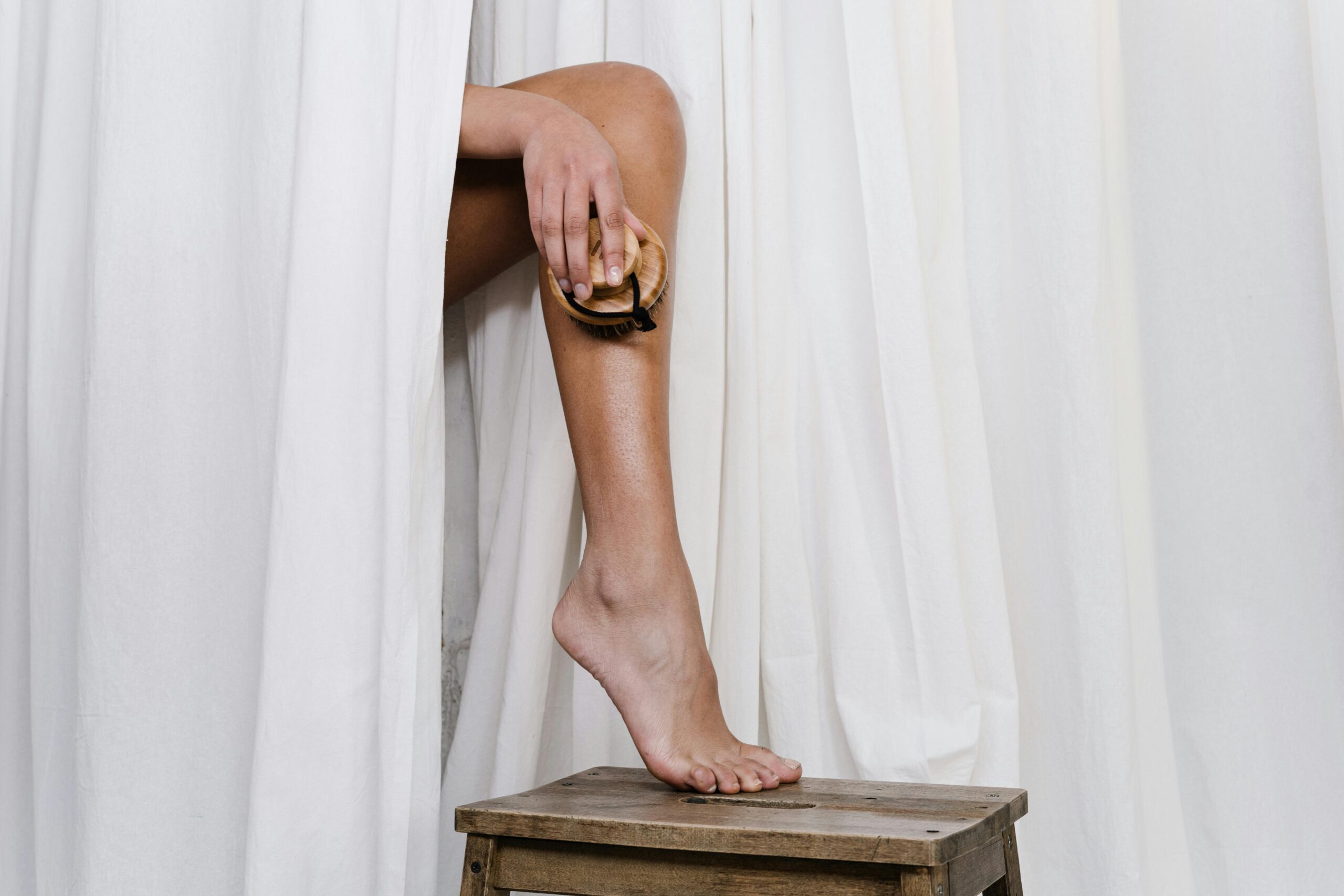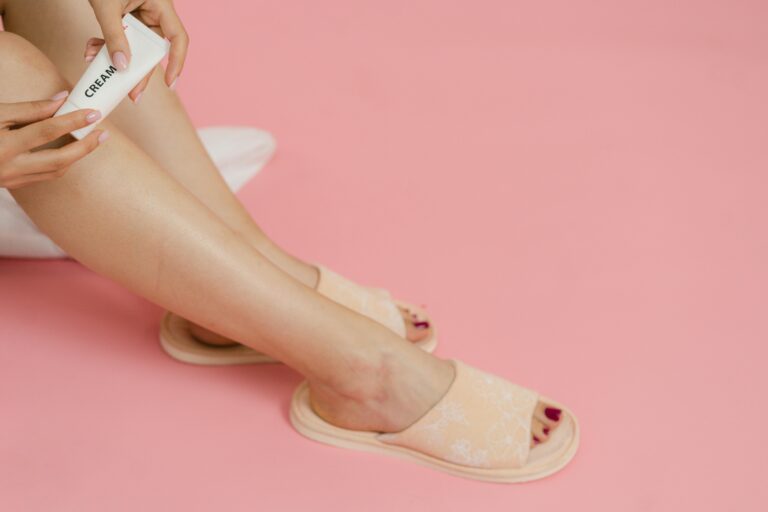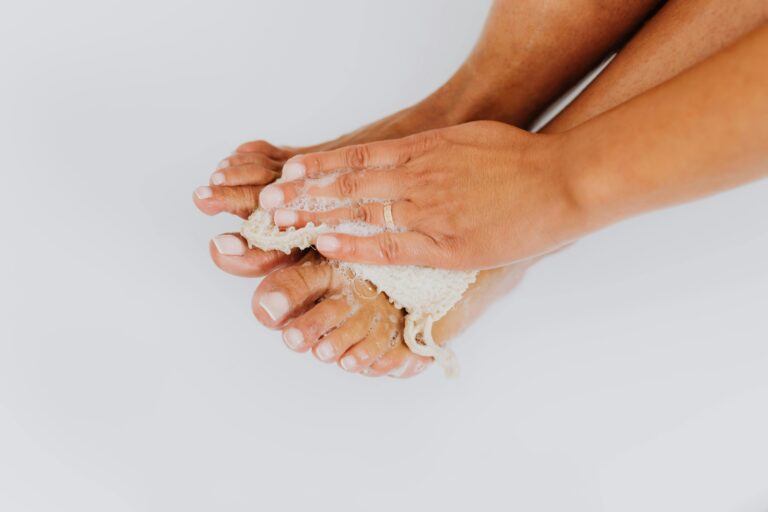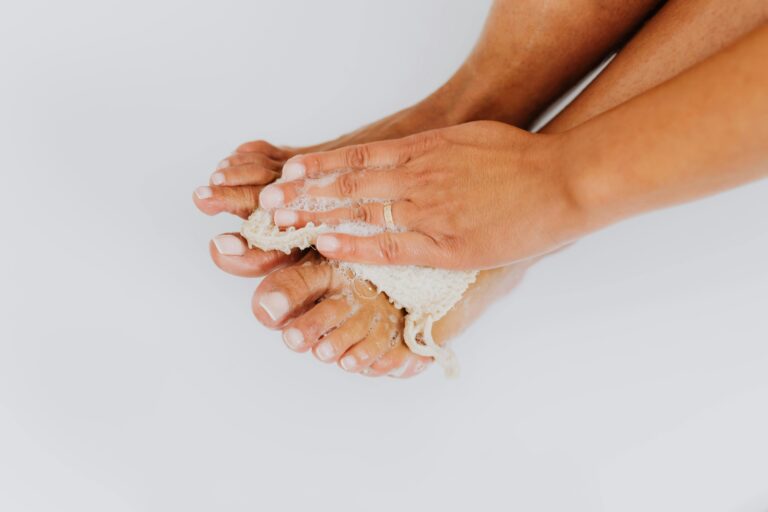Our feet endure a lot of pressure throughout the day, carrying our weight and absorbing impact from walking, standing, and even sitting. Over time, this stress can lead to discomfort, tension, and aches. Fortunately, foot massages offer a simple and effective solution to ease this strain. With the right techniques, you can release tension, improve circulation, and relieve foot pain. This guide will walk you through essential foot massage techniques that anyone can do at home.
Essential Foot Massage Techniques
Mastering foot massage doesn’t require special tools or extensive knowledge. With a few basic techniques, you can create a relaxing experience for yourself or someone else.
Thumb Walking
Thumb walking is a simple yet effective technique. Use your thumbs to apply pressure along the bottom of the foot, starting at the heel and moving toward the toes. Move slowly, applying consistent pressure with small, gentle movements. Thumb walking stimulates blood flow, loosens tight muscles, and promotes relaxation.
Toe Squeeze and Pull
This technique targets the toes, which are often overlooked during foot massages. Hold each toe between your thumb and index finger, squeezing gently before pulling each toe outward. This stretch relieves tension in the toes and improves flexibility.
Arch Press
The arch of the foot can carry a lot of tension, especially in people who walk or stand for long periods. To release tension in this area, use your thumbs to press firmly into the arch, moving in small circular motions. Apply extra pressure in areas that feel tight or sore.
Heel Massage
The heel endures the most impact when we walk. To massage this area, cup the heel with one hand while using the thumb of your other hand to press into the base of the heel. Gently knead the heel in circular motions to release pressure and reduce pain.
Ankle Circles
Ankle circles are an excellent way to relax the foot and improve mobility. Hold the foot with one hand and gently rotate the ankle in small circles using your other hand. Rotate the ankle both clockwise and counterclockwise to stretch the muscles and loosen the joint.
Knuckle Roll
For deeper pressure, use your knuckles to massage the sole of the foot. Make a fist and gently press your knuckles into the bottom of the foot, rolling them back and forth. This technique targets deeper muscle layers and is great for relieving stubborn tension.
Toe Stretch
This stretch focuses on the flexibility of the toes and the muscles around them. Grasp all five toes with one hand, and gently pull them back to stretch the muscles in the foot. Hold for a few seconds before releasing. Repeat the stretch to ease tension and improve flexibility.
DIY Foot Massage Tips
Giving yourself a foot massage can be just as effective as having someone else do it. Here are some tips for a successful self-massage:
- Use a foot roller: A foot roller is a simple tool that provides a quick and effective massage. Roll the bottom of your foot over the roller to relieve tension.
- Incorporate oil: Using massage oil or lotion helps reduce friction, allowing your hands to glide smoothly across the foot. Essential oils like lavender or peppermint also enhance relaxation.
- Soak your feet first: For an extra level of relaxation, soak your feet in warm water for 10-15 minutes before massaging. This softens the skin and relaxes the muscles.
Best Times for Foot Massages
Foot massages can be done at any time, but some moments are more beneficial than others. After a long day of walking or standing, a foot massage can help relieve built-up tension. Similarly, before bed, a massage can help you relax and promote better sleep. The key is to listen to your body and massage your feet when they feel tired or sore.
Conclusion
Foot massages are a powerful tool for relaxation and pain relief. By practicing these simple techniques regularly, you can relieve tension, soothe aches, and improve overall foot health. Whether you’re dealing with sore feet from a long day or simply looking to unwind, foot massages offer a natural and effective solution.
FAQs
1. How often should I give myself a foot massage?
For general relaxation, once or twice a week is sufficient. If you experience frequent foot pain, consider massaging daily.
2. Can foot massages help with plantar fasciitis?
Yes, regular foot massages can relieve pain and tension caused by plantar fasciitis by targeting the arches and heel.
3. Should I use a massage tool or just my hands?
Both are effective. Massage tools like foot rollers or tennis balls can provide deeper pressure, while hands allow for more precision and control.
4. Can foot massages improve sleep?
Yes, foot massages promote relaxation and reduce stress, which can lead to improved sleep quality, especially when done before bedtime.
5. What oil is best for foot massages?
Coconut oil, olive oil, and almond oil are excellent choices. Adding essential oils like lavender can enhance relaxation.
6. How long should a foot massage last?
A foot massage can last anywhere from 10 to 30 minutes, depending on how much time you have and how sore your feet are.
7. Are foot massages safe during pregnancy?
Yes, but it’s essential to be cautious. Avoid applying deep pressure to certain areas like the ankles, as they are believed to trigger contractions. Consult a healthcare provider if unsure.
8. Can foot massages improve circulation?
Yes, foot massages help stimulate blood flow, which is beneficial for improving circulation, especially for people who are sedentary or have circulation issues.



